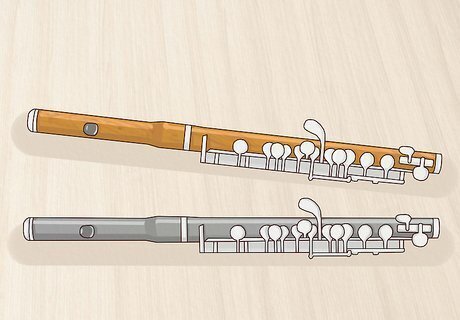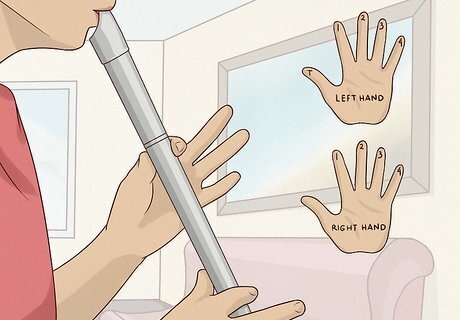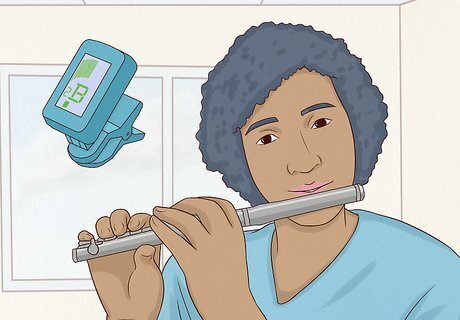
views
When learning to play the piccolo, you'll learn that although the fingerings are the same as the flute, the embouchure and other differences do require a separate effort to learn. This guide will outline the basics for getting started in playing this lively instrument.

Learn to play the flute. The piccolo is very similar and you should learn how to play flute first. If you play in a band or orchestra, it's probable that you won't be playing piccolo all the time, depending on the types of pieces the ensemble plays, so having the versatility to be able to play the flute as well is important.

Choose a piccolo according to where you will be using it and your level of proficiency. Plastic or silver-plated metal piccolos are less expensive than wood or silver piccolos. Piccolos made of composite plastic are durable enough for marching and produce a fair quality sound. Wooden piccolos offer a more mellow timbre than metal ones. A popular compromise combines a metal head joint with a body made from wood. Two materials combined may lead to tuning inconsistencies, however, as they will react differently to changing temperatures. Keep in mind there are different keys the piccolo is tuned in. C is the most common, but many older piccolos are in Db. It is recommended you choose a C piccolo, as you can just play the flute part. Db parts aren't common, but you can find them in older pieces.

Gather the needed accessories from the Things You'll Need section below.

Consider paying for a flute teacher who also plays piccolo to give you private lessons. This resource will be very important as you learn to play.

Learn the range of a piccolo. Flute fingerings will produce the same notes on a piccolo, only an octave higher. Music is written one octave below concert pitch. It may take time to become accustomed to the notes you play and the ones on the page.

Become familiar with playing your major, minor, and chromatic scales.

Try practicing with an electric tuner in front of you. See you how long you can hold a note steady and try to be consistently in tune. Also, see what the tendencies of certain notes are on your piccolo- flat? sharp? in tune?

Tune before you play. Tune to an A. If the tuner says you are sharp (moves to the right), pull out the head joint. If you are flat (tuner will move to the left), push in the head joint. The piccolo is a small and fickle instrument, so be prepared to make constant small adjustments! Try tuning to the low and high A. Piccolos cannot tune as effectively to concert F or B flat, which is often played for tuning in large ensembles.

Practice often. Others may find the piercing sound of a learner on the piccolo aggravating, so try practicing in a closed room. Just make sure wherever you practice is large and has decent acoustics.

Clean your piccolo thoroughly after playing. Use a swab or string a cloth through your tuning rod and then through your piccolo to remove spit. Occasionally polish it with a cloth.




















Comments
0 comment